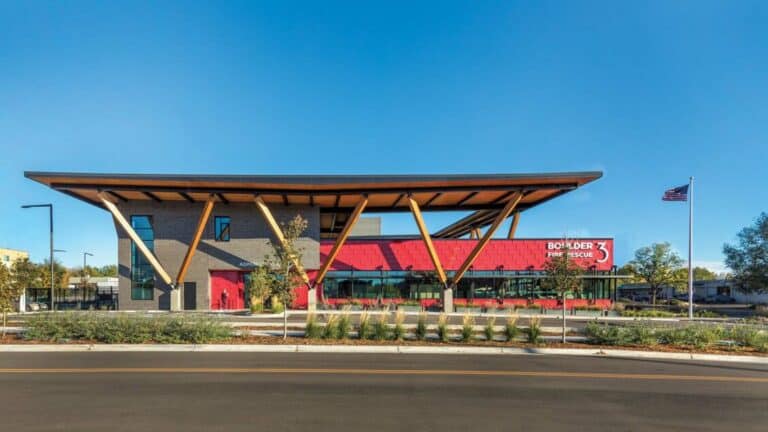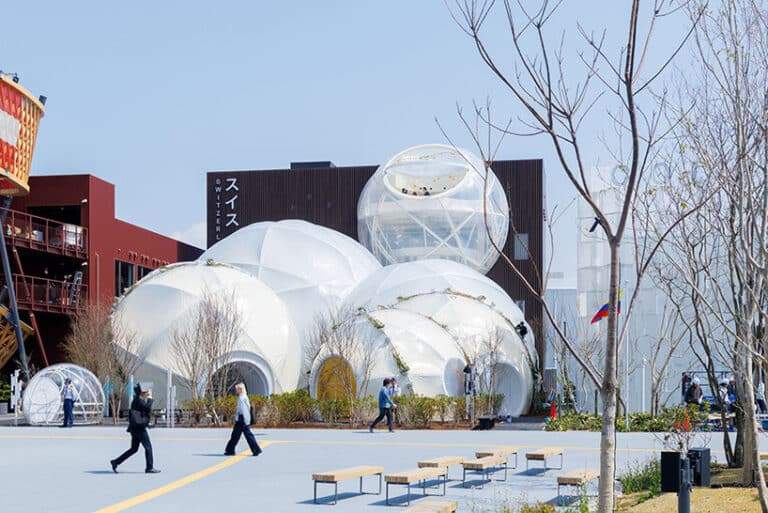Geometry and Nature: How Basic Shapes Are Redefining Garden Design

In outdoor design, gardens are undergoing a transformative shift by blending basic geometric shapes—triangles, circles, and squares—with natural elements. This trend enhances aesthetics and demonstrates how simple geometry can create harmony with landscapes. This article explores how these shapes are applied in modern garden design, highlights the role of technology in simplifying the process, and emphasizes balancing creativity with functionality.

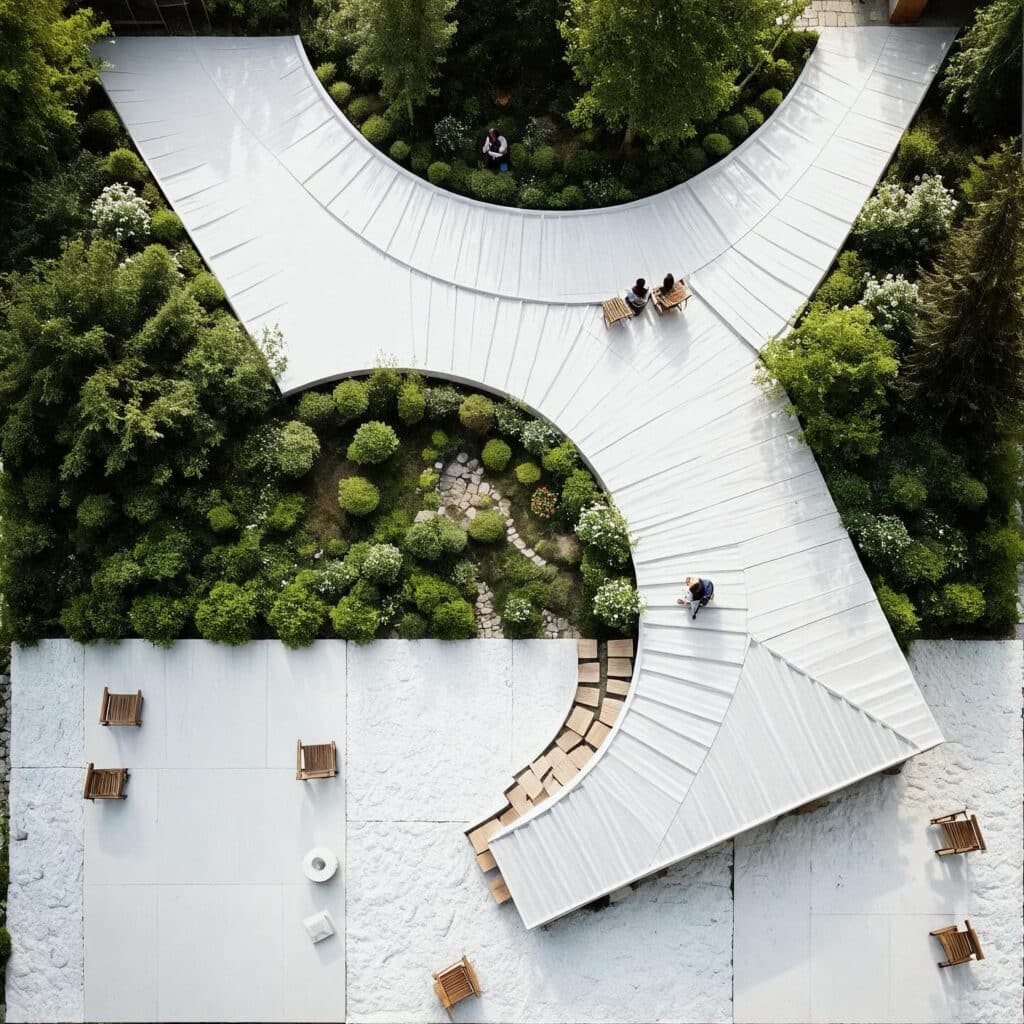
1. The Role of Basic Geometric Shapes in Gardens
Basic geometric shapes serve as a universal design language, bringing order and coherence to green spaces. Here’s how each shape contributes:
- Triangle :
Adds depth and movement. Often used in staggered plant arrangements or diagonal pathways that guide the eye toward focal points like fountains or sculptures. This shape introduces dynamism and direction, essential for geometric garden design. - Circle :
Symbolizes harmony and infinity. Seen in circular flowerbeds or open spaces around trees, circles create social gathering areas and reflect the organic nature of plants. - Square :
Provides logical organization. Used to divide gardens into zones (e.g., seating or vegetable patches) or design low-maintenance square beds. This shape evokes stability and order, which is crucial in geometric garden design.
| Shape | Characteristics | Common Applications |
|---|---|---|
| Triangle | Directs focus, creates motion | Plant groupings, pathways |
| Circle | Promotes harmony, openness | Flowerbeds, communal spaces |
| Square | Enhances structure, stability | Zoning, manageable plant beds |


2. Balancing Geometry and Nature: Principles of Harmonious Design
The key is not forcing nature to fit shapes but integrating them to highlight natural beauty. Examples include:
- Harmony : Using squares to arrange uniformly sized plants, emphasizing symmetry in geometric garden design.
- Contrast : Placing a circular gravel area within a square lawn for visual interest.
- Sustainability : Designing triangular clusters of native plants that require minimal water, reducing environmental impact.
3. Technology’s Role in Streamlining Geometric Design
Digital tools, including AI-powered platforms, now enable designers to visualize projects accurately before implementation. These tools help:
- Simulate how shapes interact with natural light, a significant aspect of geometric garden design.
- Test plant distributions within geometric patterns.
- Reduce costs by minimizing execution errors.

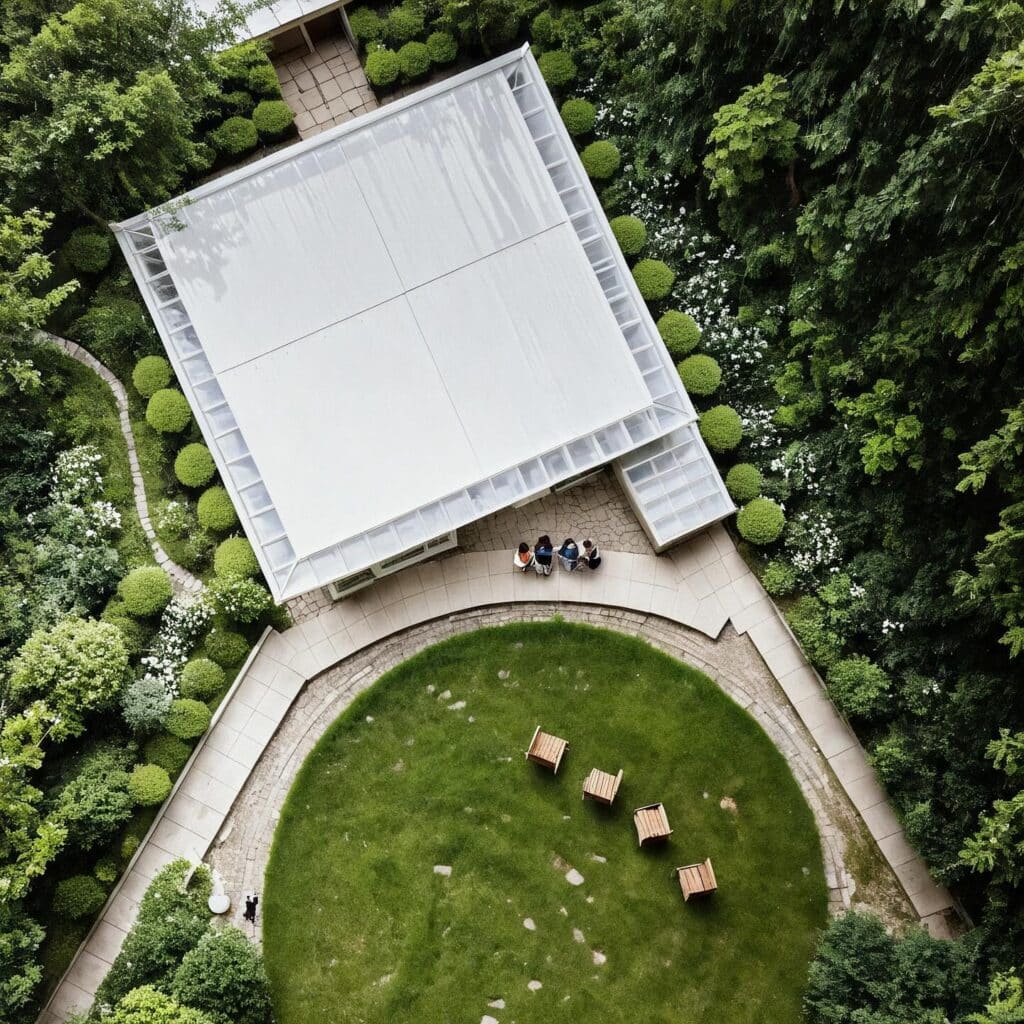
4. Frequently Asked Questions (FAQ)
Q: How can I incorporate geometric shapes into a small garden?
A: Start with a focal point, like a circular flowerbed around a tree, and use squares to divide narrow spaces. This is an effective approach to geometric garden design in smaller areas.
Q: Which shape works best for compact areas?
A: Circles and squares, as they organize elements without overwhelming the eye.
Q: Do geometric gardens require more maintenance?
A: Maintenance depends on plant selection. Organized designs can reduce effort by grouping plants with similar needs.
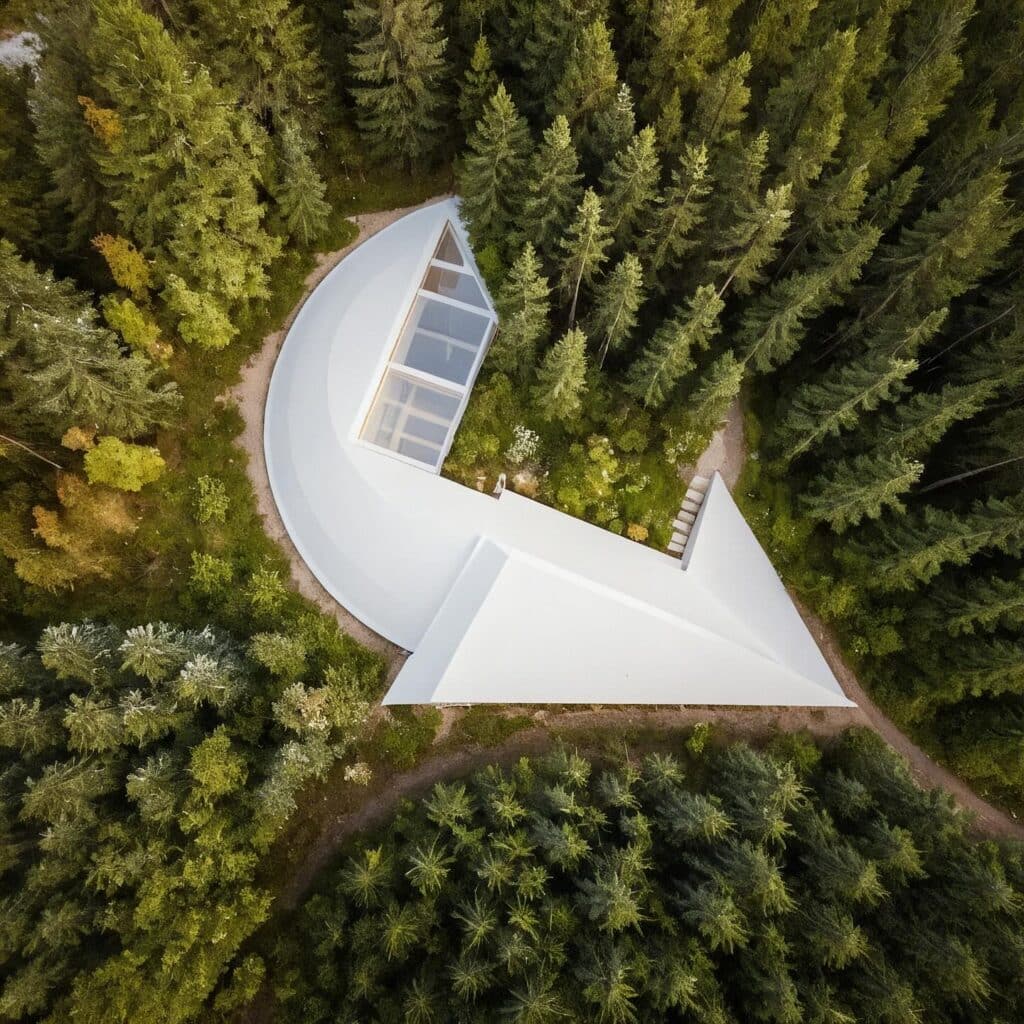
5. Summary of Key Points
| Topic | Details |
|---|---|
| Core Shapes | Triangles, circles, and squares add structure, movement, and balance. |
| Nature-Geometry Balance | Shapes should complement—not dominate—natural elements, prioritizing sustainability. |
| Technological Tools | Digital platforms simplify design visualization and error reduction. |
This geometric approach to garden design transcends trends, offering a fresh perspective where simplicity evolves into a living, breathing art form.


